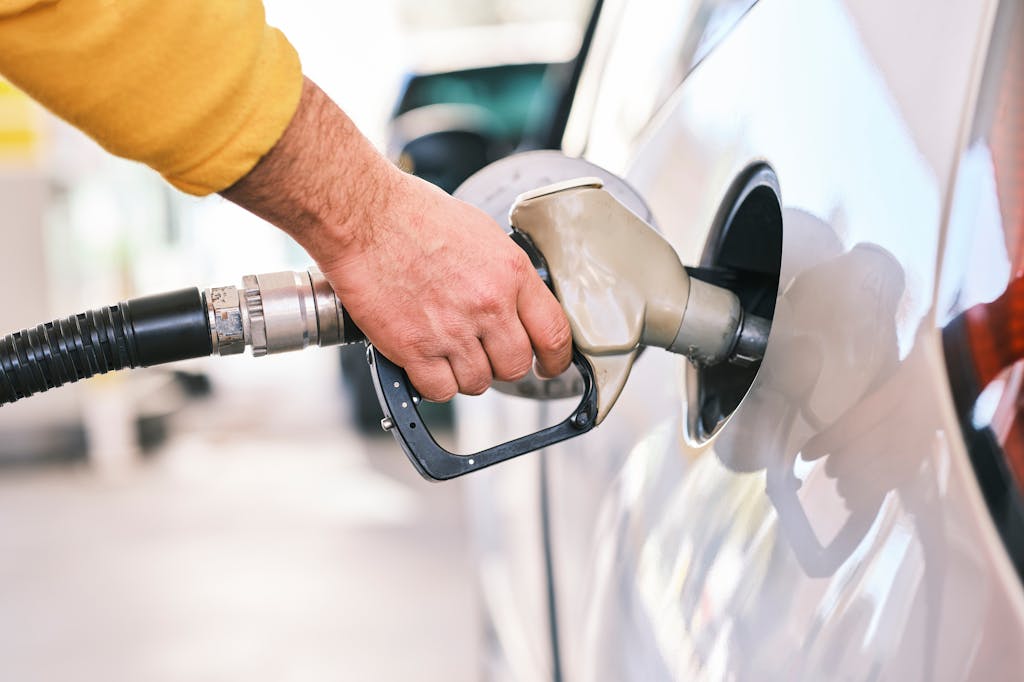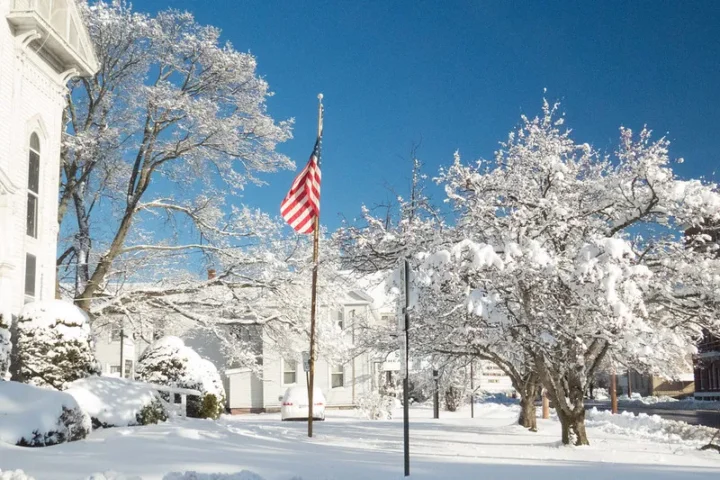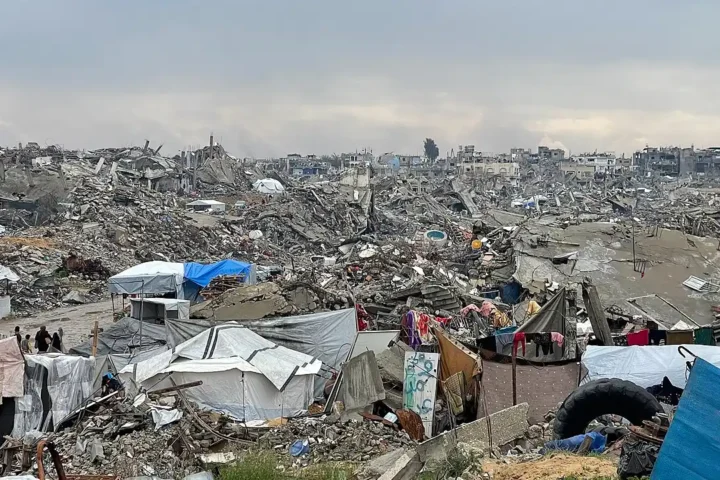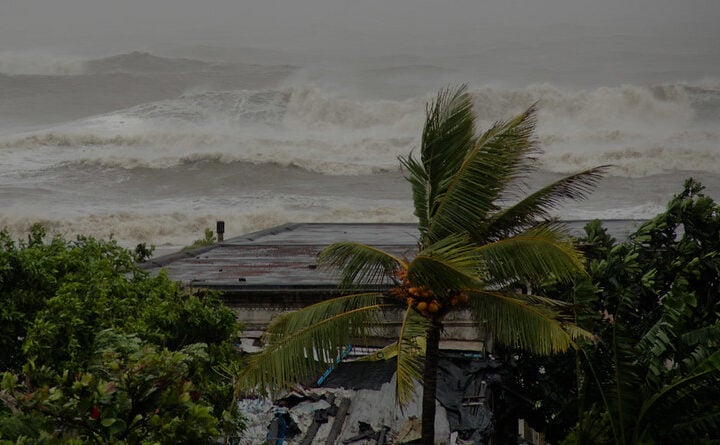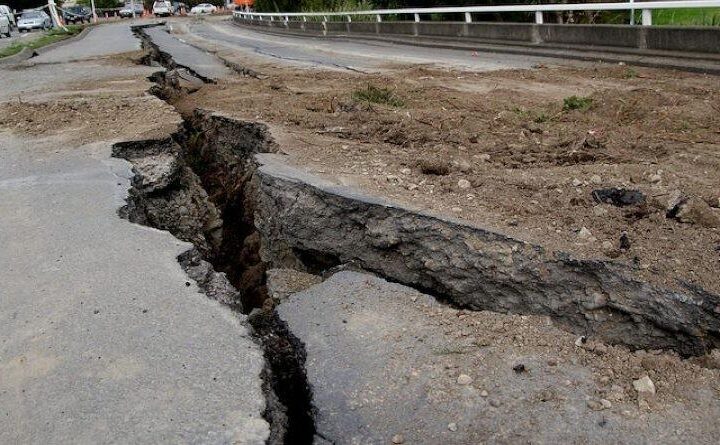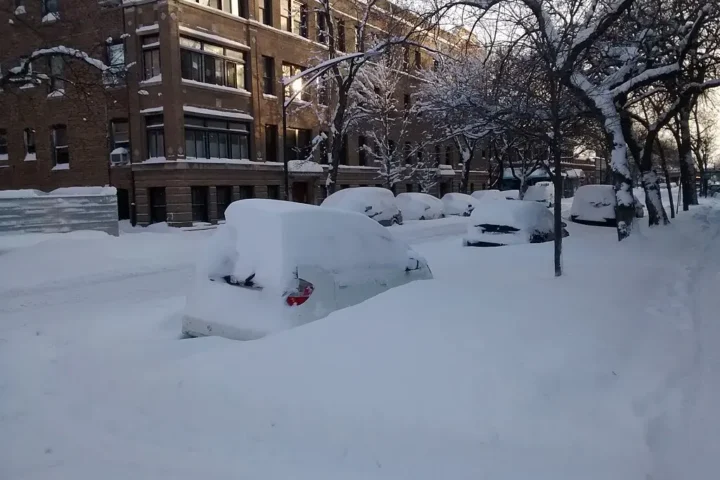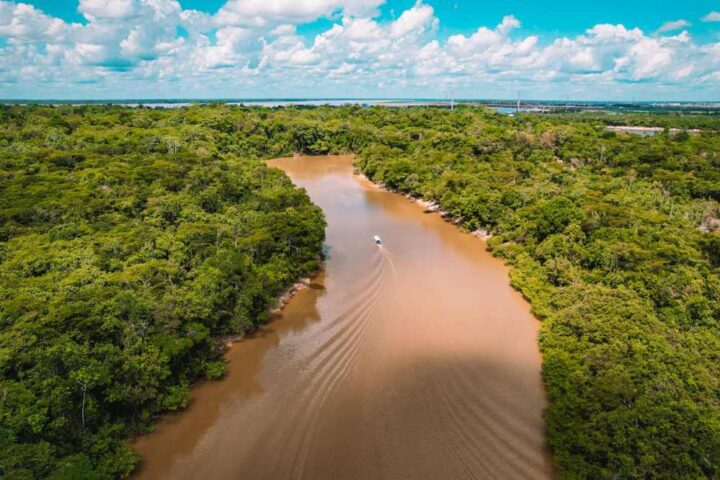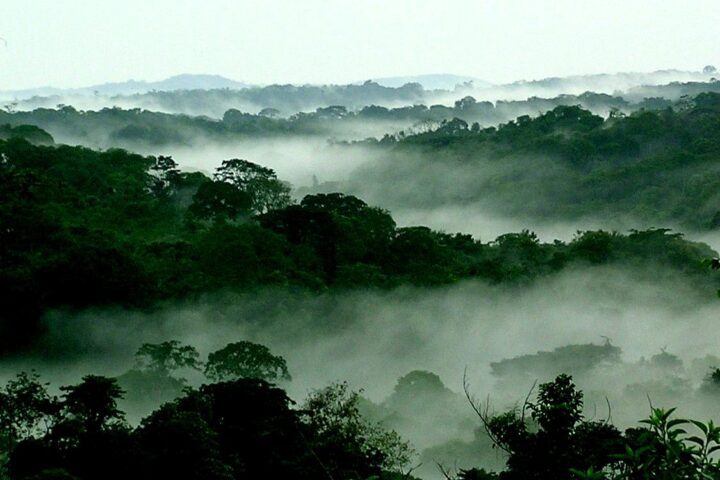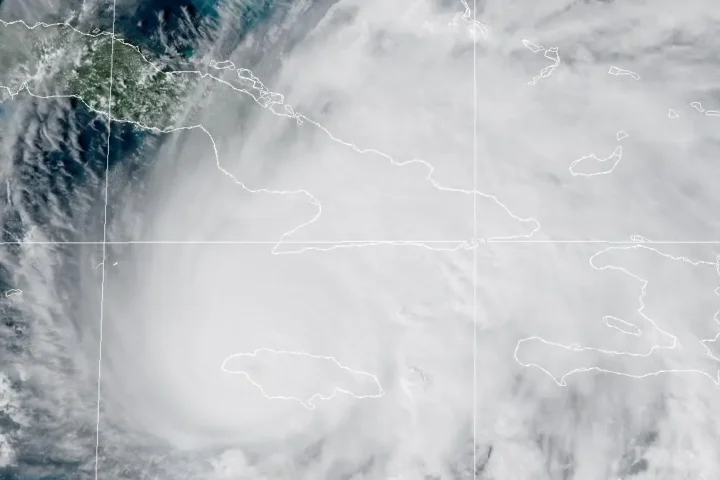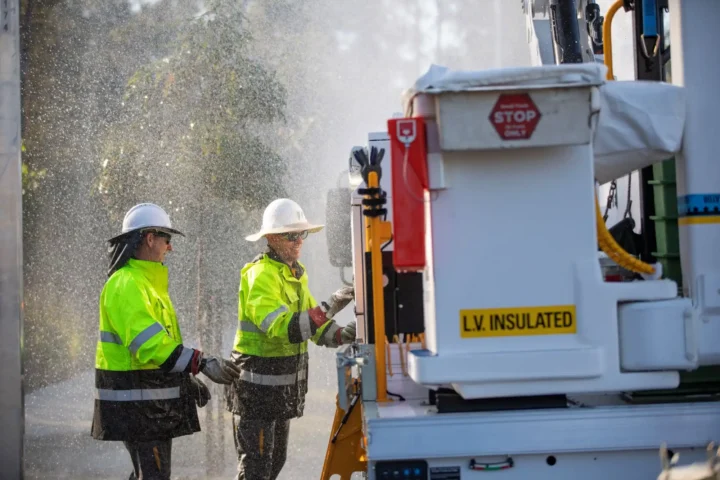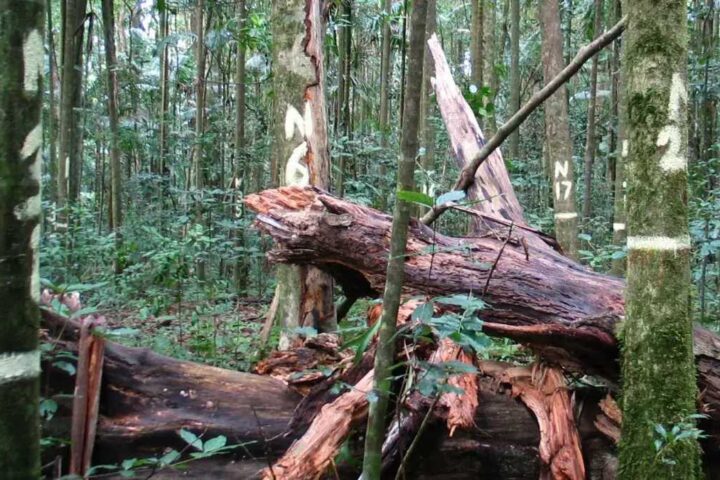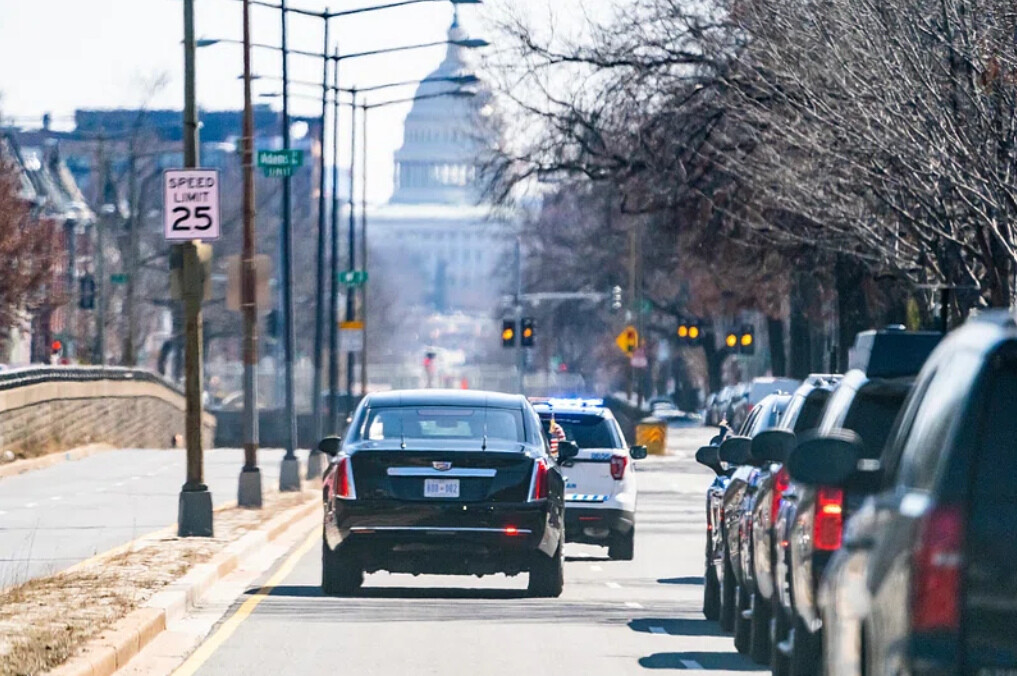
America’s Greenest Cities: 2025 Rankings Based on 28 Environmental Metrics
WalletHub evaluated 100 of America’s largest cities across 28 environmental indicators to determine which urban areas lead in sustainability practices. San Jose, California secured the top position with a total score of 69.44, largely due to 47% of its electricity coming from renewable sources and maintaining the fourth-lowest Urban Heat Island Effect Index in the country. Washington, D.C. ranked second with 69.26 points, driven by 48% renewable energy usage and the highest concentration of Community Supported Agriculture groups per capita nationwide.
The ranking methodology assessed four categories: Environment, Transportation, Energy Sources, and Lifestyle & Policy. Cities with stronger environmental performance typically demonstrate benefits in air quality and public health. Research on urban green spaces and temperature regulation indicates that strategic vegetation placement affects local climate conditions. The World Bank’s analysis of urban development notes that climate-resilient infrastructure investments generate long-term economic returns. These findings occur as 46% of Americans currently experience hazardous air quality conditions.
Top 10 Greenest Cities: Interactive Rankings
Click any city to view detailed environmental metrics and initiatives
Geographic Distribution of Top 10 Cities
Top 3 Cities: Detailed Performance Metrics
| Rank | City | Total Score | Renewable Energy | Key Achievement |
|---|---|---|---|---|
| 🥇1 | San Jose, CA | 69.44 | 47% | 5th-highest solar installations per capita |
| 🥈2 | Washington, DC | 69.26 | 48% | Most CSAs and community gardens per capita |
| 🥉3 | Oakland, CA | 68.07 | N/A | 2nd-lowest greenhouse gas emissions |
Regional Performance and Urban Sustainability Trends
West Coast cities dominate the top 10, occupying eight positions. California accounts for seven of these cities: San Jose, Oakland, Irvine, San Francisco, San Diego, and two others in the extended rankings. This concentration reflects state-level renewable energy mandates and municipal sustainability policies implemented over the past two decades. Minneapolis and Portland represent Midwest and Pacific Northwest performance, both achieving top bike scores through dedicated cycling infrastructure investments.
Honolulu leads all cities in farmers markets per capita, with 80.1 times more than Arlington, Texas. San Francisco and St. Paul share the highest walk score at 4.2 times greater than Chesapeake, Virginia. Anaheim, Oakland, and Honolulu demonstrate the lowest greenhouse gas emissions per capita, while Tulsa, Houston, Denver, Baton Rouge, and Corpus Christi rank highest. Urban planning approaches similar to Bhutan’s carbon-negative city development inform these municipal strategies.
The lowest-ranked cities include Glendale, Arizona (100th), Houston, Texas (99th), and Hialeah, Florida (98th). Glendale received a total score of 35.31, while Houston scored 35.64 despite being the fourth-largest U.S. city by population. These rankings reflect infrastructure challenges, emissions levels, and limited renewable energy adoption in Sun Belt metropolitan areas.
Ranking Methodology: Four-Category Assessment
WalletHub’s methodology divided evaluation into Environment (air quality, green space percentage, greenhouse gas emissions), Transportation (public transit availability, bike infrastructure, commuter patterns), Energy Sources (renewable energy percentage, solar installations, alternative fuel stations), and Lifestyle & Policy (recycling programs, farmers markets, green job opportunities, municipal initiatives). Each of the 28 metrics received a weighted score, with final rankings determined by combined performance across all categories. Full methodology details are available at WalletHub’s complete study.


